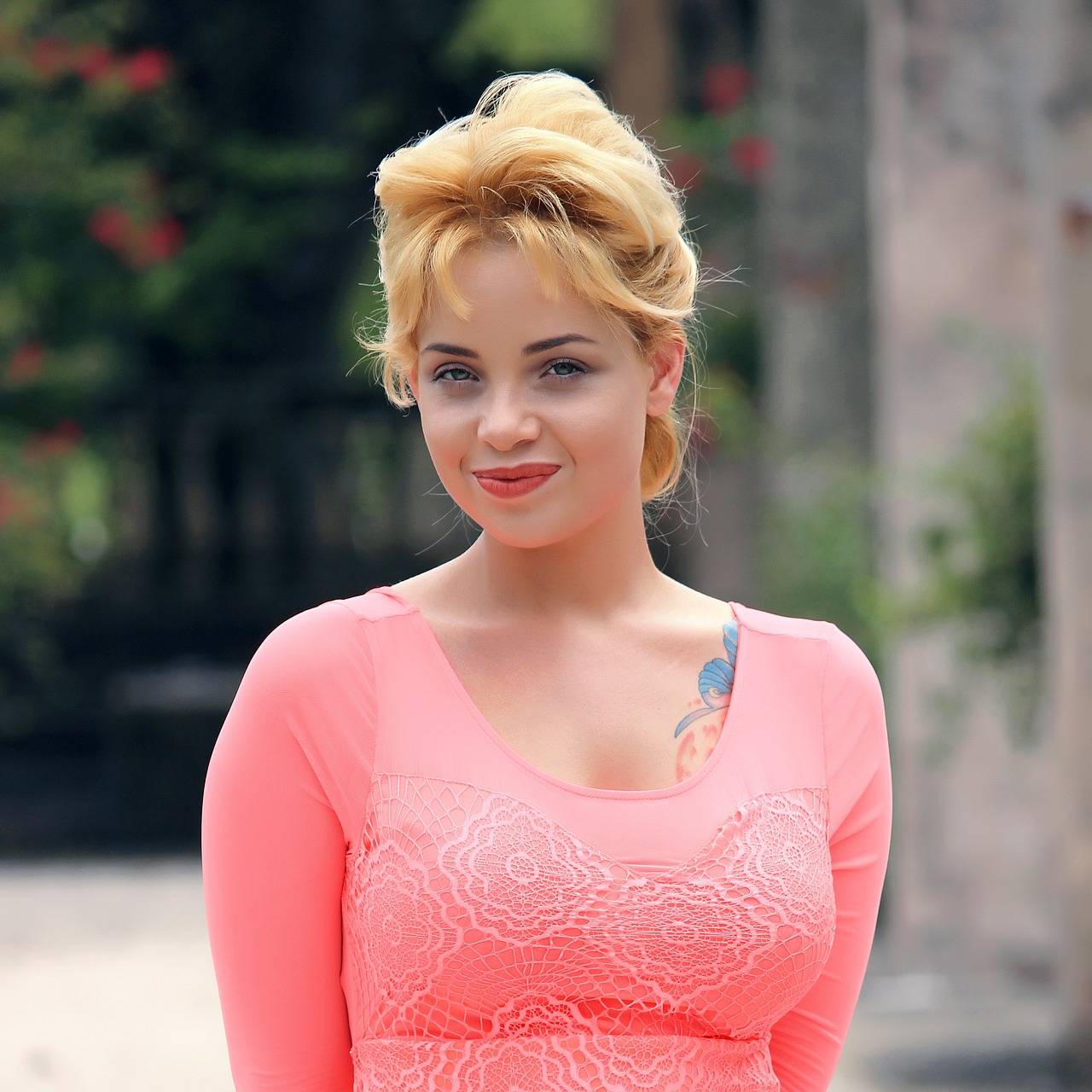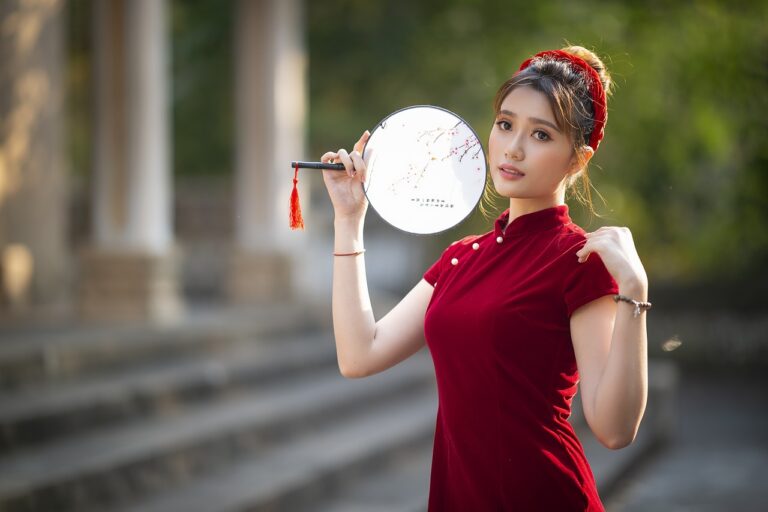Fashion Forecast: Predicting the Next Big Color Trends for the Season
Color plays a significant role in the world of fashion, with specific shades often evoking different emotions and perceptions. In the fashion industry, designers strategically choose colors to convey specific messages or create certain moods within their collections. For example, bold and vibrant colors may be used to make a statement or evoke feelings of empowerment, while softer pastel tones may create a sense of tranquility and femininity.
The psychological associations of color can also influence consumer behavior when it comes to purchasing clothing and accessories. By understanding the psychological impact of different colors, fashion brands can tailor their products to appeal to their target demographic and evoke desired emotions in potential customers. For instance, the color red is often associated with passion and energy, making it a popular choice for brands targeting a youthful and dynamic audience.
The Impact of Color on Consumer Behavior
Color plays a significant role in consumer behavior, influencing perceptions and emotions in the decision-making process. Different hues evoke various responses, with colors like blue often associated with trust and stability, while red can elicit feelings of excitement and urgency. This psychological response to color can impact how consumers perceive a brand or product, ultimately influencing their purchasing choices.
In the realm of marketing, the strategic use of color can be a powerful tool in capturing the attention of consumers and conveying brand messaging. Companies carefully select colors for their logos, advertisements, and product packaging to evoke specific emotions and associations. Understanding the psychological effects of color can give businesses a competitive edge in attracting and retaining customers in a crowded market landscape.
Historical Influences on Current Color Trends
From the vibrant hues found in ancient Egyptian artwork to the rich tapestries of the Renaissance period, history has long been a source of inspiration for current color trends in fashion and design. The opulent royal purples and deep blues favored by European royalty during the Middle Ages continue to influence modern luxury brands, symbolizing richness and sophistication.
Moreover, the earthy tones and natural dyes used by indigenous cultures have reemerged in contemporary fashion, reflecting a growing interest in sustainability and organic living. The muted greens and ochres of Native American textiles, for example, have become popular choices for eco-friendly clothing lines, resonating with consumers seeking connection to the earth and its history.
How does color psychology influence fashion trends?
Color psychology plays a significant role in determining the popularity of certain colors in fashion. For example, warm colors like red and yellow are often associated with energy and excitement, while cool colors like blue and green are seen as calming and soothing. Designers take these psychological associations into account when creating their collections.
How does color impact consumer behavior?
Color can have a profound impact on consumer behavior, influencing everything from purchasing decisions to brand perception. For example, studies have shown that red can create a sense of urgency and encourage impulse buying, while blue is often seen as trustworthy and dependable. Marketers use this knowledge to strategically choose colors for branding and packaging.
How have historical influences shaped current color trends?
Historical events, cultural movements, and societal norms have all played a role in shaping current color trends. For example, the vibrant colors of the 1960s psychedelic era continue to inspire fashion and design today, while the minimalism of the 1990s has influenced the popularity of neutral tones and clean lines. By looking back at historical influences, designers can create fresh, modern interpretations of classic color palettes.





